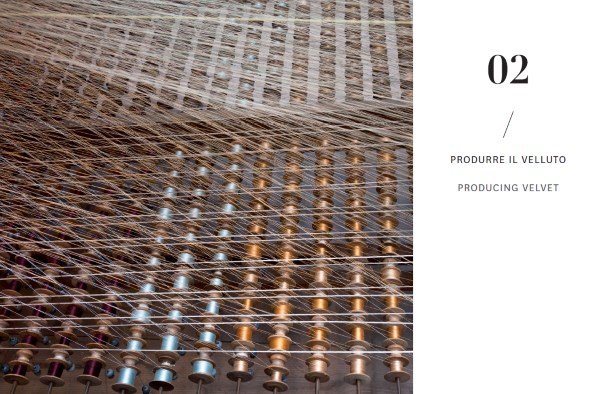How did our history as Italian fabrics manufacturers begin? We’ve already brought up this topic in some of our old posts. What you maybe don’t know, yet, is who were the first members of the Bevilacqua family who managed the fabric mill.
We’re going to tell you this story with one of the pearls you can find in our building, in the Santa Croce district of Venice. It’s a certificate which often goes unnoticed by visitors. But it lays bare quite a lot of things about our past.
Bevilacqua and Gianoglio’s certificate as silk manufacturers
The old certificate you see in this picture dates back somewhere between 1892 and 1895. Indeed, in 1892 the fabric mill moved to Palazzo Labia. A short digression: the company was born in 1875. So, where was it located, during the 17 years before it moved headquarters? In a building along Fondamenta San Lorenzo, at number 5047, which had previously been occupied by the L. Bistort textile works. Let’s go back to our certificate. Which cannot have been written after 1895, because that’s when Giovanni Battista Gianoglio decided to retire. And to leave the company entirely in his associate’s – i.e. Luigi Bevilacqua’s – hands. That’s what’s written on it:
Award-winning producer of Silk fabrics, soprarizzo velvets Vestments made of gold, silver or silk Brocatelles, damasks, velvets, silks, etc. Bevilacqua & Gianoglio The latter was a director and a technician at the close Trapolin firm for 15 years. Fabric mill: San Geremia, Palazzo Labia Shop: San Bartolomeo, Calle dell’Olio
But why is this certificate so important?
Historical information about Tessitura Bevilacqua
Because this simple piece of papergives us the following information on the Tessitura:
- it says what it produced, i.e.: silk fabrics, soprarizzo velvets, liturgical garments made of gold, silver and silk threads, brocatelles, damasks, velvets and much more;
- what Gianoglio did before opening it: a director and technician at a closed company which, according to Venetian documents, had been opened in 1842 and produced soprarizzo velvets and passementerie;
- in less than 20 years after its opening, the weaving mill was already renowned.
Producing traditional Italian fabrics: the beginnings
The name Bevilacqua had indeed been heard in the world of fabric manufacturers since the 15th century. But all credit for turning it into an actual company goes to Luigi. And to his children, for the idea of making it a worldwide known firm. Luigi’s children were seven. But here we’re only interested in three of them:
- Vincenzo, the firstborn, with the role of administrator;
- Antonio, whose artistic vein turned him into the company’s designer;
- Angelo, who was in charge of public relations, both in Italy and abroad.
But there’s one last brother we should mention: Cesare, the grandfather of today’s owners. He came on the scene later, he was younger than the others. But in 1908 he had already provided a basic input into the fabric mill’s future: he got married. His wife was a Swedish Countess, Glenny Charlotte von Redlick. Thanks to her, the Tessitura Bevilacqua made a name for itself in Sweden, too. This led to two important consequences:
- a series of major collaborations – like the one with Maja Sjöström;
- the development of new ideas for our upholstery fabrics. An example is the Deco soprarizzo velvet: designed by the Swedish architect Carl G. Bergsten between 1932 and 1934, it was then used at the beginning of the 2000s in the Getty Museum of Malibu.




